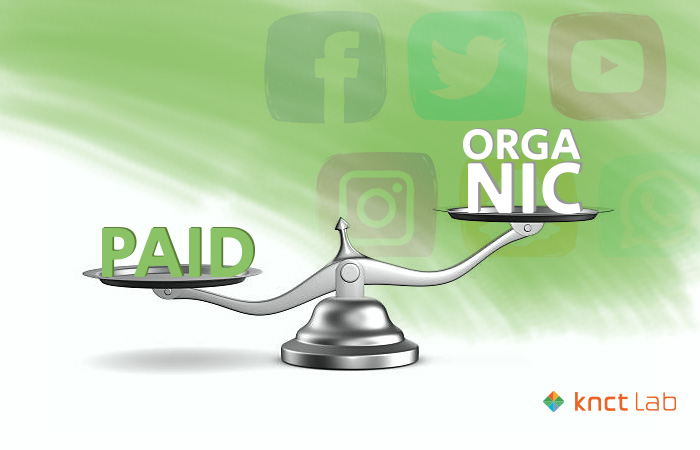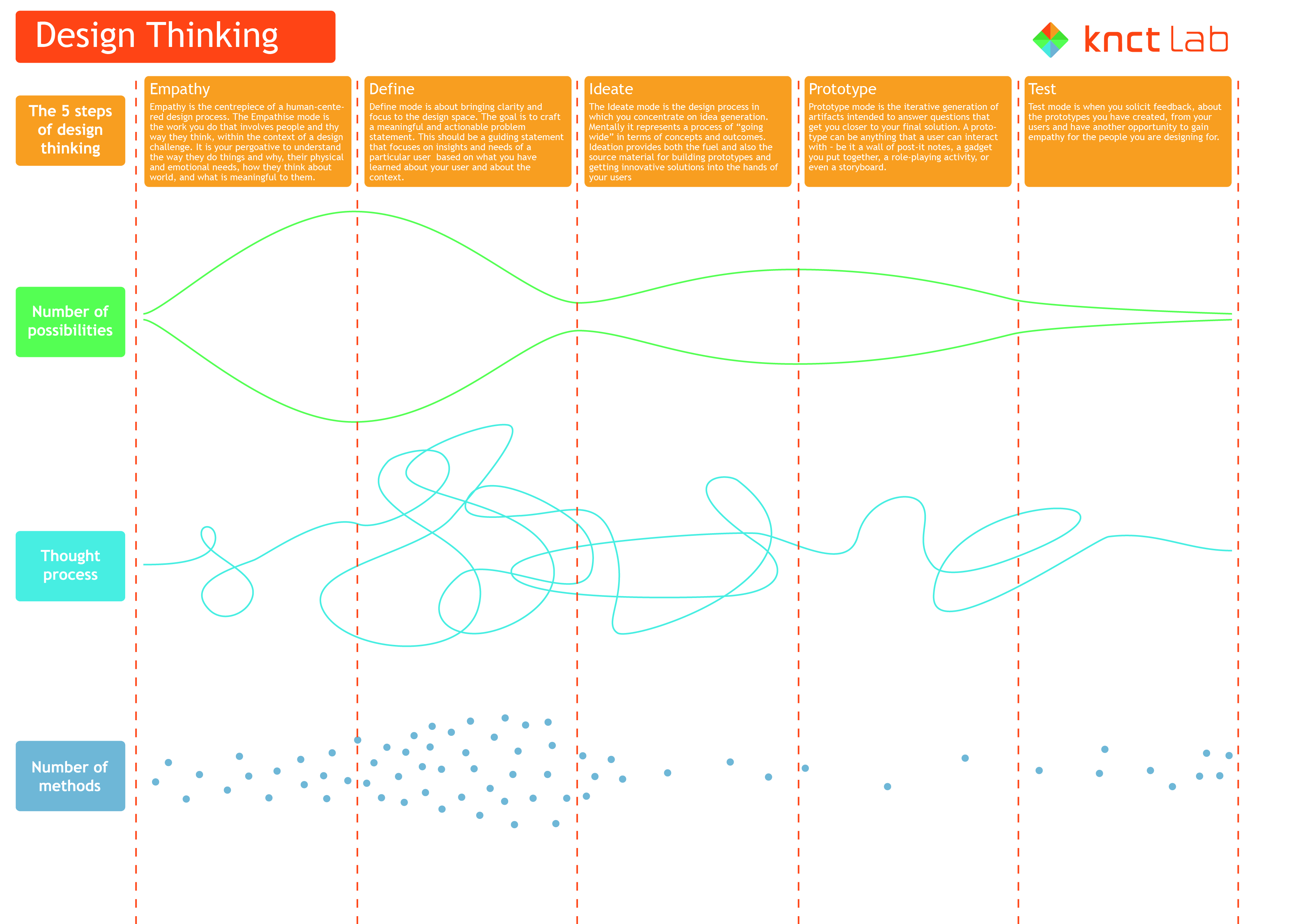
Paid or organic social media marketing: Which is better and why
Every digital marketer now knows that social media marketing is mandatory. It does not matter if you are a small business, a large multi-million dollar corporation or a freelancer looking for more work — everyone needs to hop on to the social media bandwagon. In fact, with over 2 billion users, social media is one of the largest markets of the world. But unlike traditional markets, social media changes at supersonic speed. Algorithms are often tweaked, new features are introduced and feed styles changed without much notice.
Social media optimization
In such a scenario, it becomes difficult for the marketer to zoom in on the right kind of marketing strategy to adopt when it comes to social media. To be able to optimize social media for your business, it is necessary to have a clear marketing path ahead. A major part of this decision depends on the marketer’s understanding of paid and organic marketing.
Organic social media marketing is using the free tools provided by the social networks to build a community, interact with it by constantly sharing posts, responding to feedback and customer queries etc. Whereas paid social media marketing involves advertisements or sponsored messages to targeted social network users. The cost depends on the network, the type of ad as well as cost per click (CPC).
What does paid social offer?
With paid social media marketing, evidently, you are investing money in something and expecting better results. The most obvious advantage is that you can define and target a specific section and design your ads keeping in mind their needs and requirements. These are usually customers who already have expressed an interest in your product/service. This also means they are most likely to click on your ad or visit your website.
The paid route is certainly a good way to grab more eyeballs and grow your business in this age of social media clutter. In fact, there is so much noise out there that it is virtually impossible to get noticed through only organic marketing. But on the negative side, it is quite possible that even after paying, you might not get returns — there is no guarantee that you will see more growth or that your ads will get clicks. But this usually happens if you have put up an ad without careful research and planning. Which is why paid social media marketing works best when it is aligned to a larger social media strategy.
Pros and cons of organic social
With organic social media marketing, you have to be patient and invest more time and effort. The results might be slow in coming but eventually they will and what’s more, they will be long-lasting. Precisely why, organic social is as important as paid when it comes to social media. The goal in organic marketing is to attract customers naturally, so that they take the trouble to sign up, interact and eventually buy, of their own accord.
In paid social, ads are set to run for a short period of time but if you put up a link to your quality content and customers like it, it can keep getting shared forever, resulting in leads even years later. But just like paid social, for organic marketing to work at its optimum best, the overall strategy must be planned down to the tiniest detail and the content should be shareable, of high quality and consistent.
Which is better?
It is a fallacy to follow any one kind of marketing. Instead, a strategic combination of both paid and organic marketing is best. Most businesses understand this now and try to incorporate both ways in their digital marketing strategy.




